How to Build a Personal Style Without Doing Any Work
Consider this the foolproof sartorial masterclass to end all foolproof sartorial masterclasses (thank me later)
Last week I was asked to host a styling masterclass for a group of Gucci’s most senior in-store stylists. It was an interesting gig, not only because it forced me to distil all the instinctual and learned style knowledge swimming around my head into some kind of ordered presentation - but also because it made me think about what it actually means to build a personal style.
Because for me, personal style is the holy grail atop the mountain of sartorial enlightenment. Anyone can follow trends, and most people are able to put on clothes which look vaguely ok, but learning how to build a look, a unique aesthetic which is entirely your own, is a different story.
Anna Wintour has a personal style. The Vogue editrix repeatedly transforms seasonal patterns and fabrics from the designers she loves into the same drop hem, high neck, long-sleeve day dress shape which she has made her signature. for better or worse, it works. Bill Nighy also has a personal style. The Love Actually actor’s way with monochromatic tailoring might seem dull, but his subtle appreciation for the cuts and fabrics which work best on his frame mark him out as a master.
Stefano Pilati, too, has a personal style. The Random Identities designer possesses the transsubstantive power to wear any garments he likes and always look determinedly as though he’s wearing them. His clothes never look like they’re wearing him. Haider Ackermann has the alchemic ability to do the same, as does his muse Tilda Swinton.
There are lots of people who look relatively nice in clothes but don’t have a smidge of personal style to speak of (often, said people have a stylist in their employ, who puts said clothes together for them). These include, in no particular order, Daniel Craig, Tom Hardy and Rishi Sunak.
Developing a good style, therefore, is as much about mastering the basics of making a really good outfit look good on you, as it is about knowing who you are, what you’re about and - importantly - what you like to wear. Because there’s no point in possessing a personal style if you’re not having FUN whilst using it.
So here, to help you on your own route into personal style, are a few principles to follow, whenever you’re putting on, buying or vaguely thinking about purchasing clothes.
Consider Your Colouring


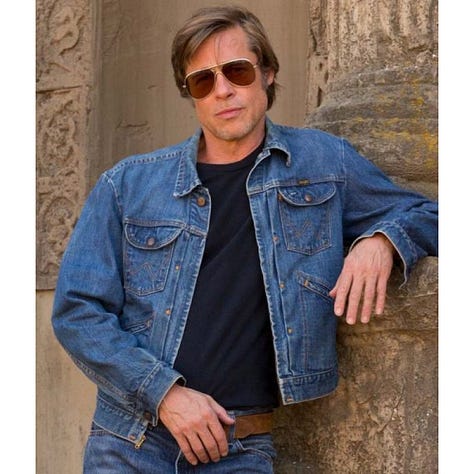
1 | Identify your skin tone
The most important step on your journey into personal style is to wear the right colours. Start by thinking in simple, binary terms about whether you have a warm or cool skin tone. This will be the foundation stone in finding the hues which suit you. In bright, natural light, hold up a piece of white paper against your face. If your skin looks rosy by comparison, you're cool toned. If your face looks more yellow, you’re warm. Simple!
2 | Match tones with tones
Pair cool with cool and warmth with warmth.For cool complexions go for cold pastels and primary colours. If you have a warm complexion go for tonal hues like olive, burgundy and navy
3 | Trust your instinct
All colour combinations should be easy on the eye, if it looks wrong then it is. Trust your instinct.
4 | Embrace the three colour rule
Stick to a rule of three colours maximum: two foundation colours (black/white/grey/navy) and the third, an ‘‘accent’ colour to add a sense of the unexpected. The accent colour could also be swapped in for a accent pattern/logo monogram
Pay Attention to your Body Shape
There are five key masculine body shapes and there are subtle differences in the clothes which best suit them. Figure out what yours is by analysing yourself objectively and honestly in the mirror, whilst naked. It may feel uncomfortable but I promise it’ll be worth it in the long run.
1 | The inverted Triangle
Defined shoulders and a slim waist.
Dress with straight trousers and soft shouldered jackets for balance (Timmee’s sharp shouldered jacket works because, well, it’s Timmee).
2 | The Triangle
Narrow shoulders and a slightly wider waist.
Jackets should have shoulder pads to create the illusion of breadth.
Coats should be roomy to draw attention away from the midsection.
Trousers should be dark to minimise the larger waist.
3 | The Rectangle
Perfectly proportioned and even in both the hips and the shoulders, rectangles can wear anything.
Build up shoulders with padded jackets or coats.
Avoid skinny trousers at all costs
4 | The Trapezoid
The apparent paradigm of traditional masculine beauty with defined, broad shoulders, a developed chest and a narrow waist
A trapezoid is surprisingly tricky to dress. Nothing should be too tight - as this will over accentuate certain features.
Trousers should ideally come pleated to create room in the leg and jackets shouldn’t be cut too close.
5 | The Oval
An oval has a midriff or hip area which is wider than the legs and the shoulders.
Garments featuring vertical lines will be your best friend here as they will slim the body.
Darker colours and wide leg trousers and jackets with shoulder padding will draw attention away from the stomach
Remember cut and proportion are paramount
Every garment in the world has the potential to look good so long as it’s worn and styled in accordance with your body shape, the other garments you’re paring it with, and your personal style. It’s also essential that you team said item with clothes that make it work proportionally with your look - this will cover a myriad of sins.
A good example garment to think about when applying the proportion lens is the chunky dad trainer. Massive trainers are particularly difficult to style well, but they CAN look good so long as you:
Avoid teaming them with skinny trousers. A wider cropped leg will add balance to the massive chunk on your feet.
Remember that this item is a statement, so you should keep the rest of the look simple and neutral in contrast.
Think about proportion carefully, to create more volume on top with a coat. This will, again, create balance.
Match the colours of trainers with subtle details at the top of your look, such as jewellery/accessories
Et voila! A stylish, balanced look, so long as you treat it with care. Think of building an outfit in the same way that a child might build a tower out of different shaped blocks. Pair the right configuration of blocks and you will end up with a tall, graceful, balanced tower. Stick a Balenciaga breeze block on the top of a tower made of elegant triangles, on the other hand, and you’ll be left with a sorry mess. Bad analogy? Good! It made you think.
Get Creative

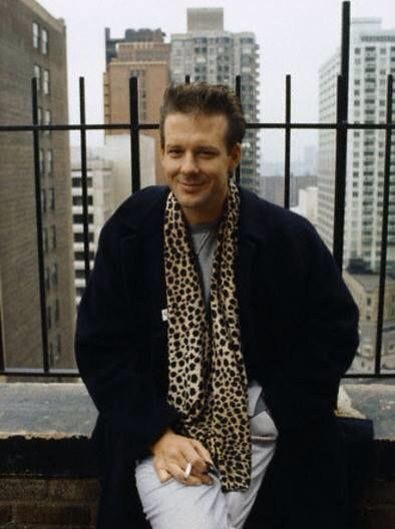

Creating a personal style should, above all, be fun. Whenever you’re getting dressed you should feel like you’re on a journey into the dressing up box of your wardrobe and that the world is your creative oyster. Be playful! And take risks, you won’t learn what looks good on you until you try new things.




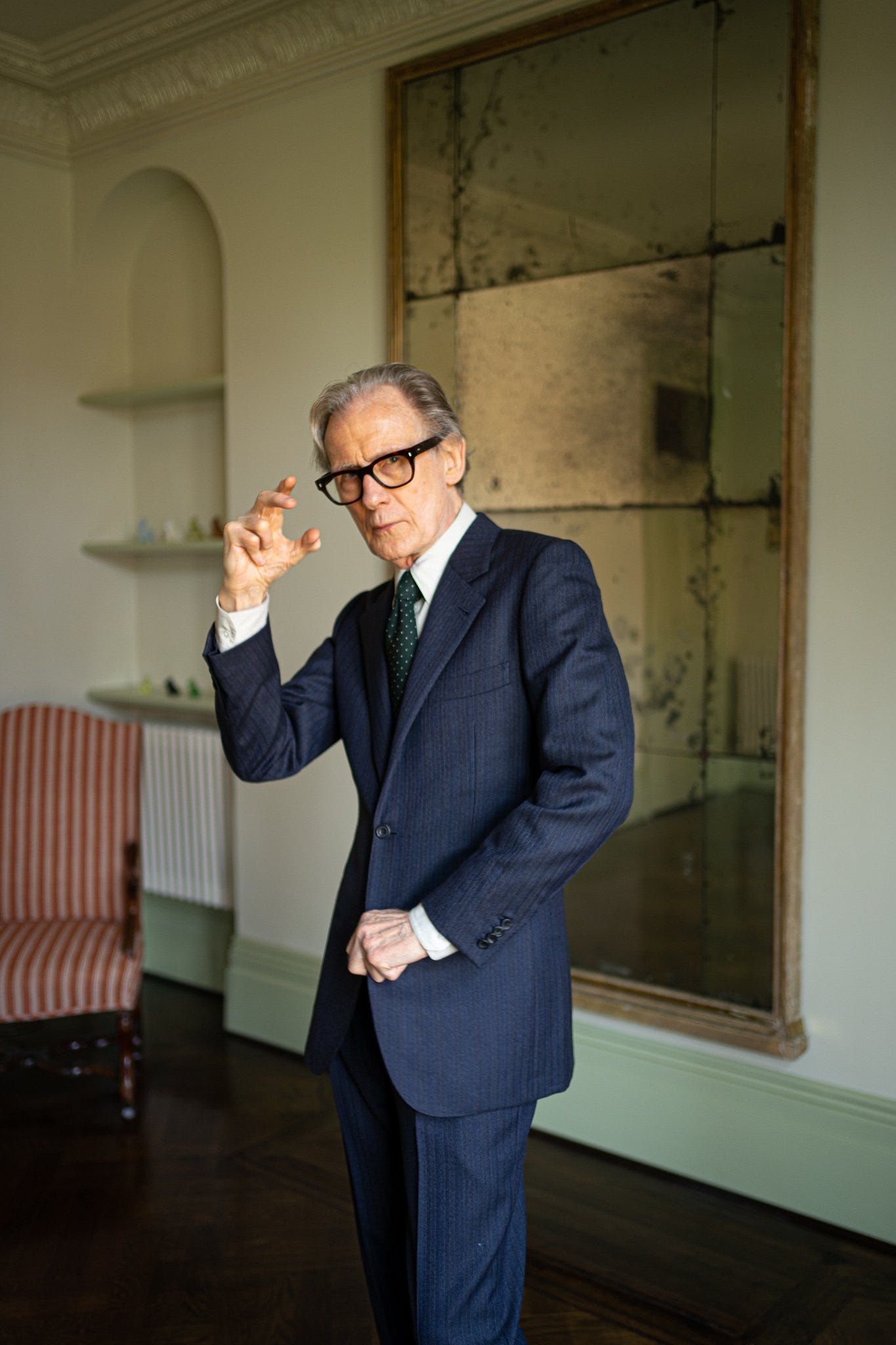
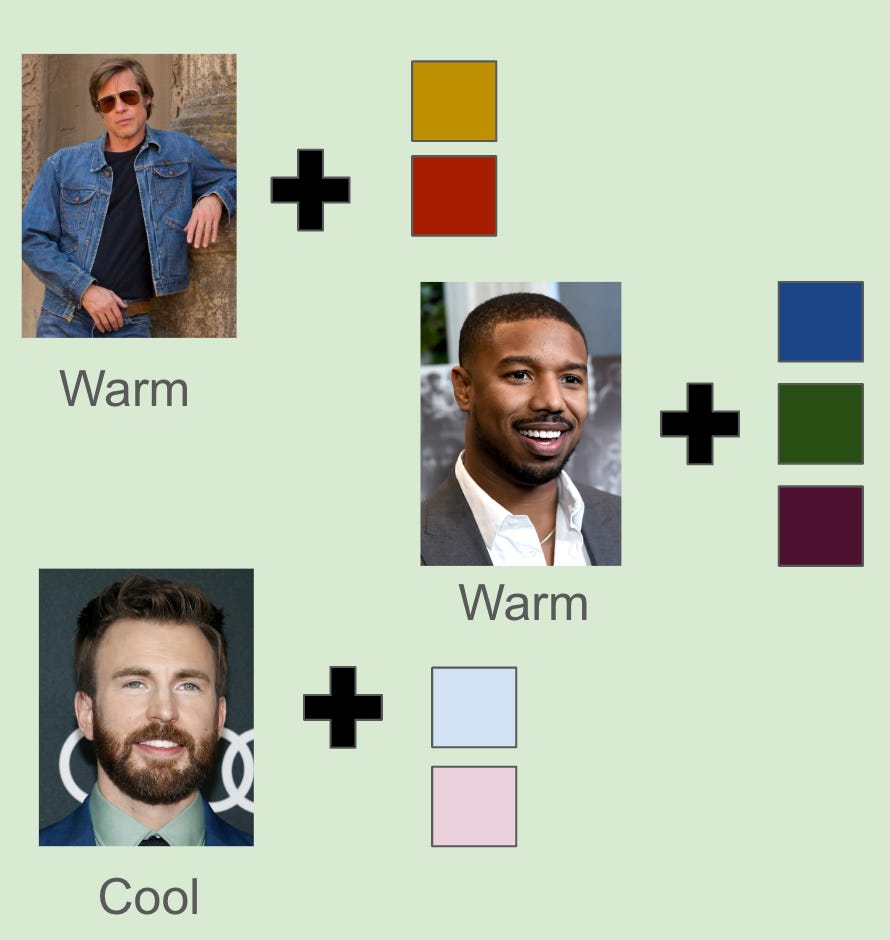
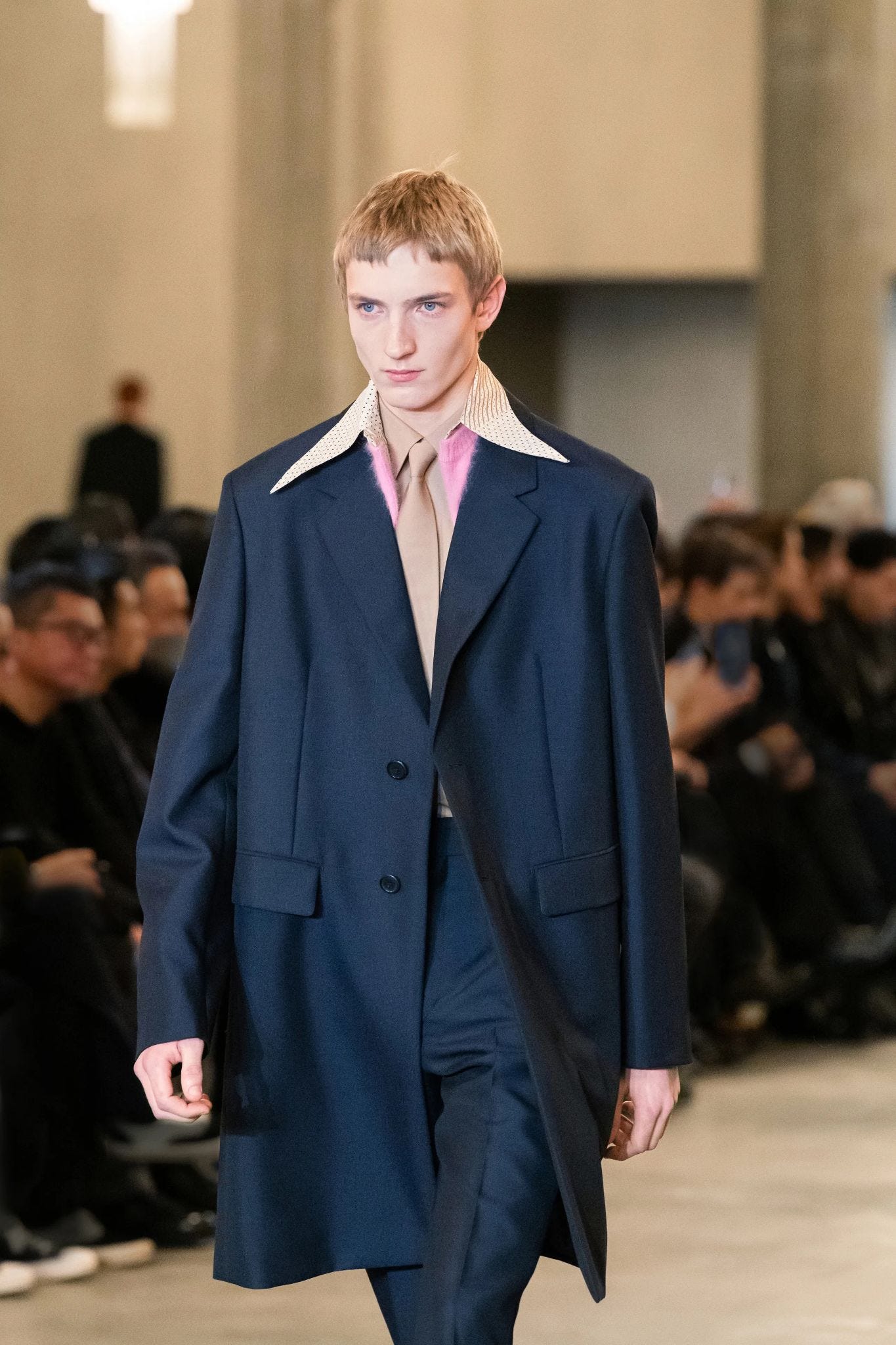
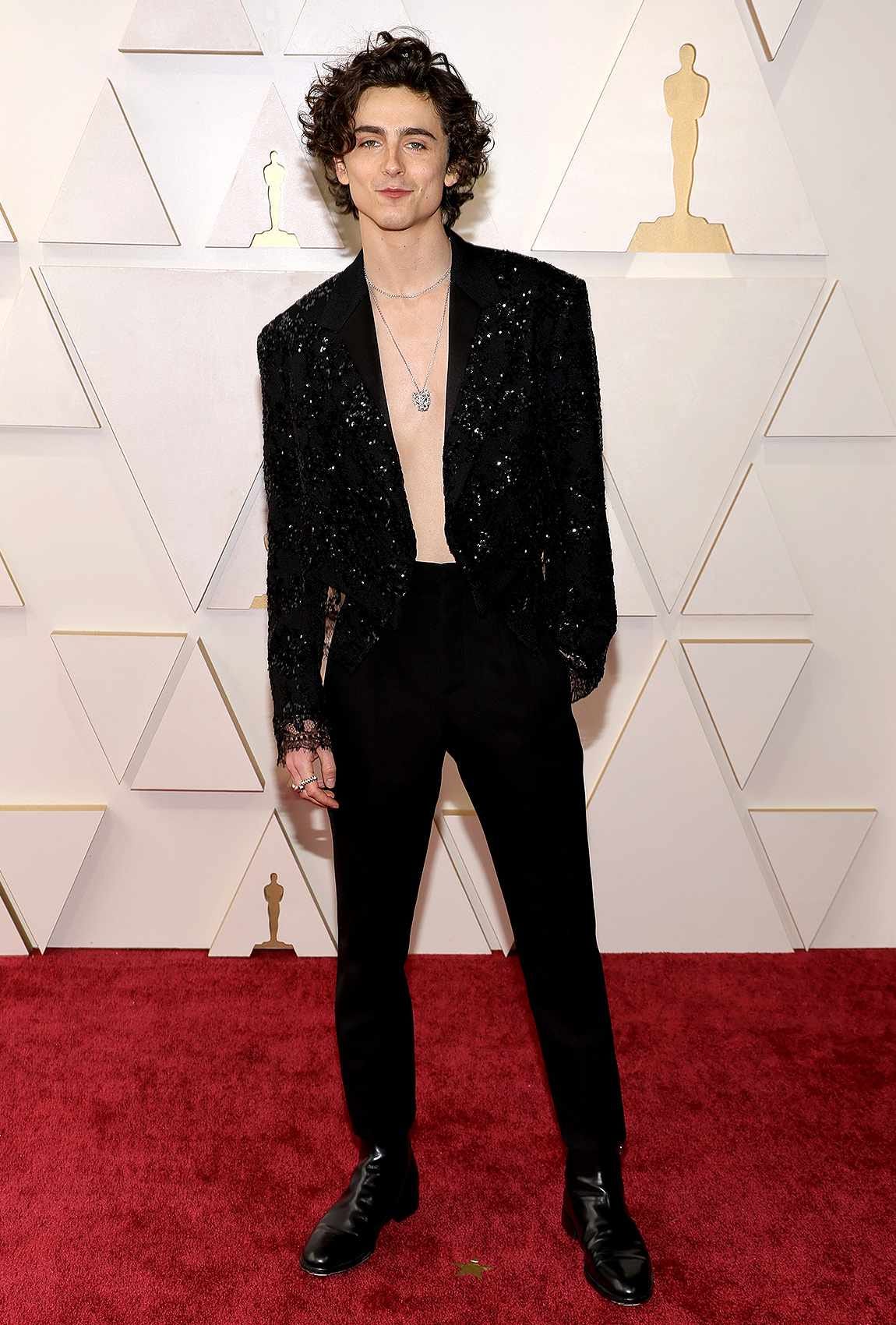

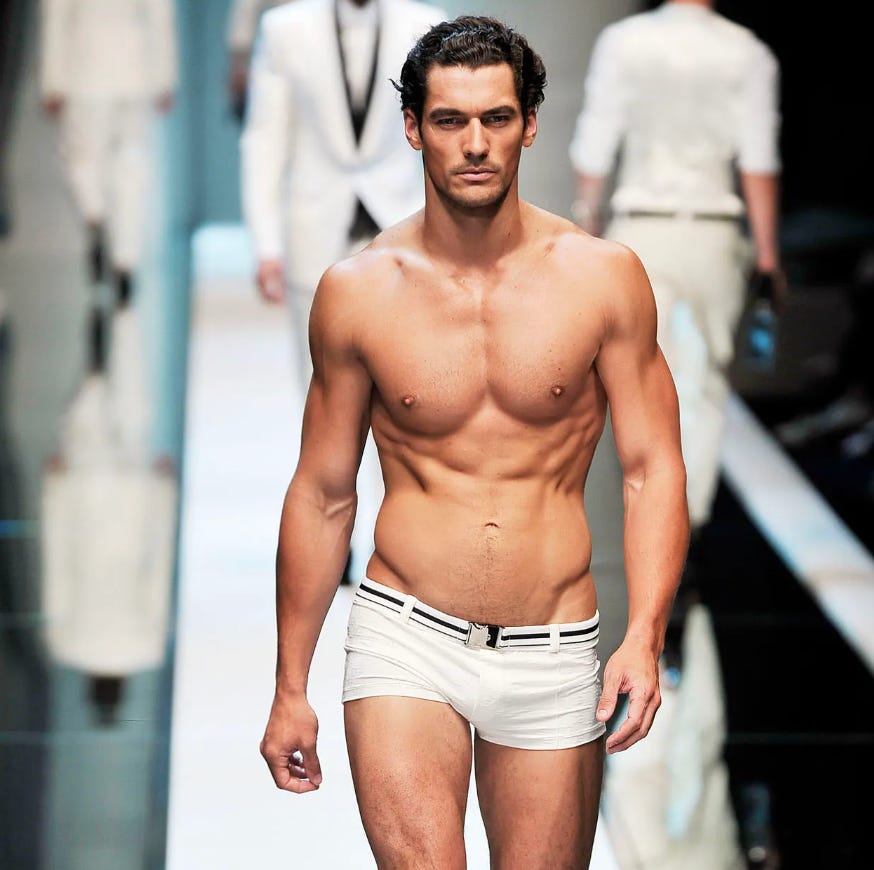
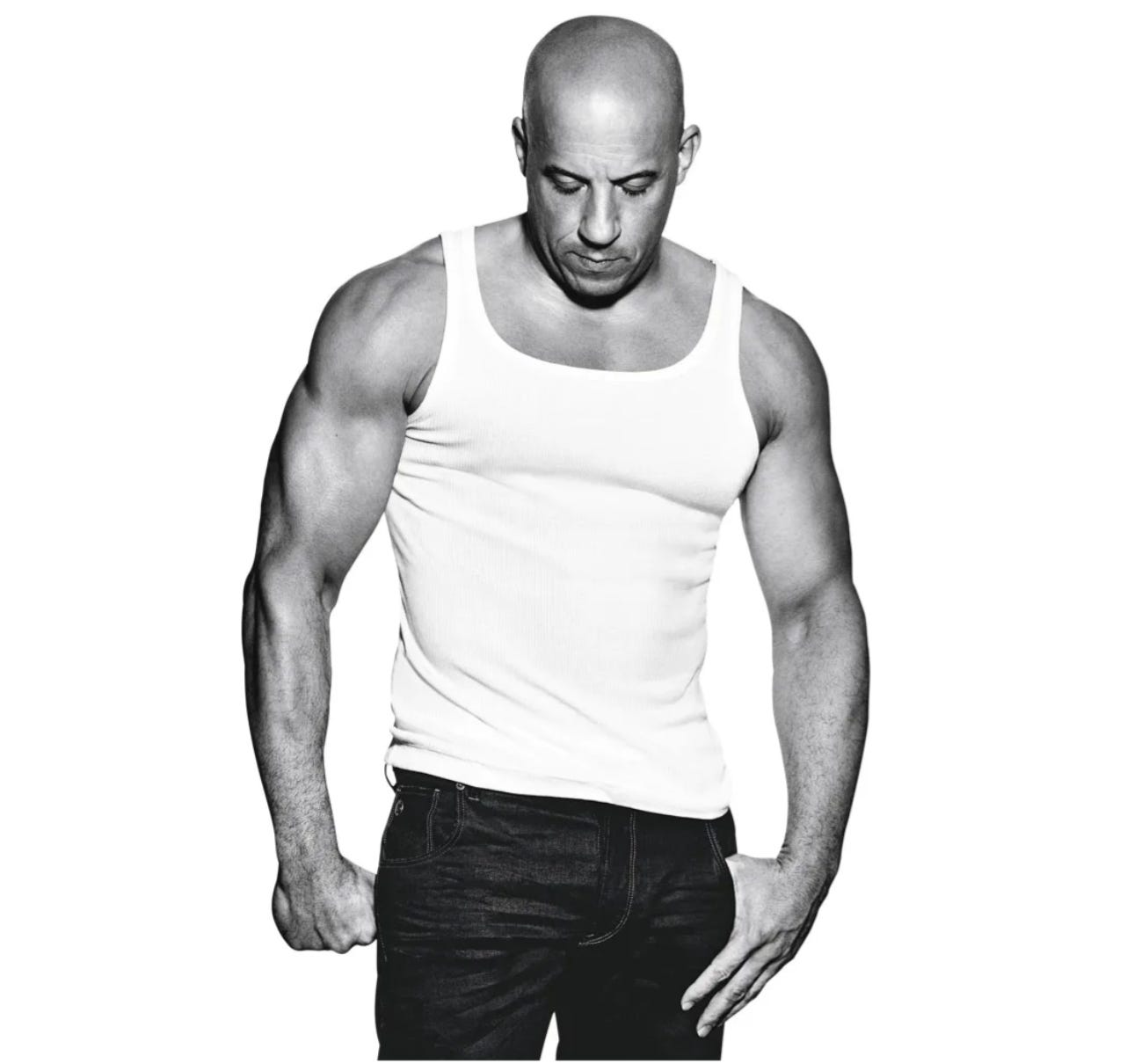
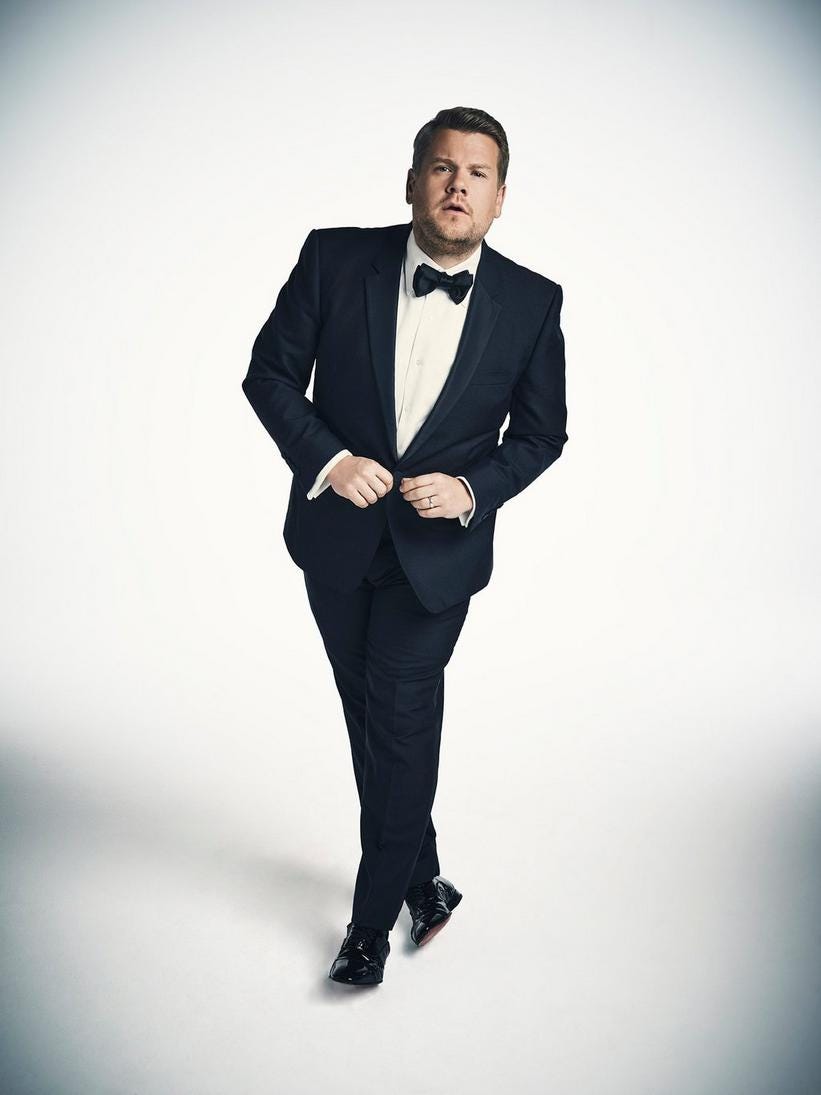
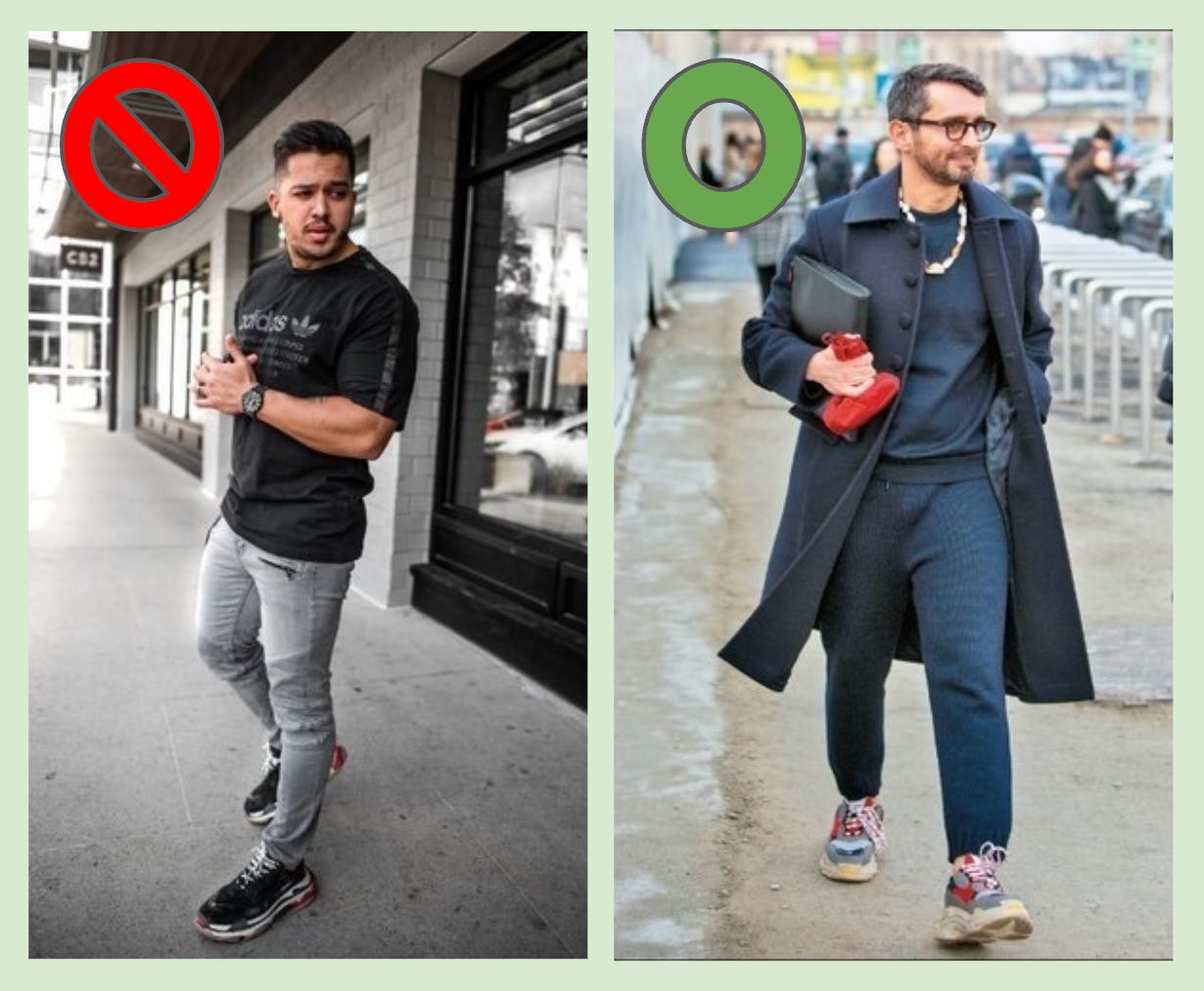
This old fat guy likes reading your Substack to dream what might have been...